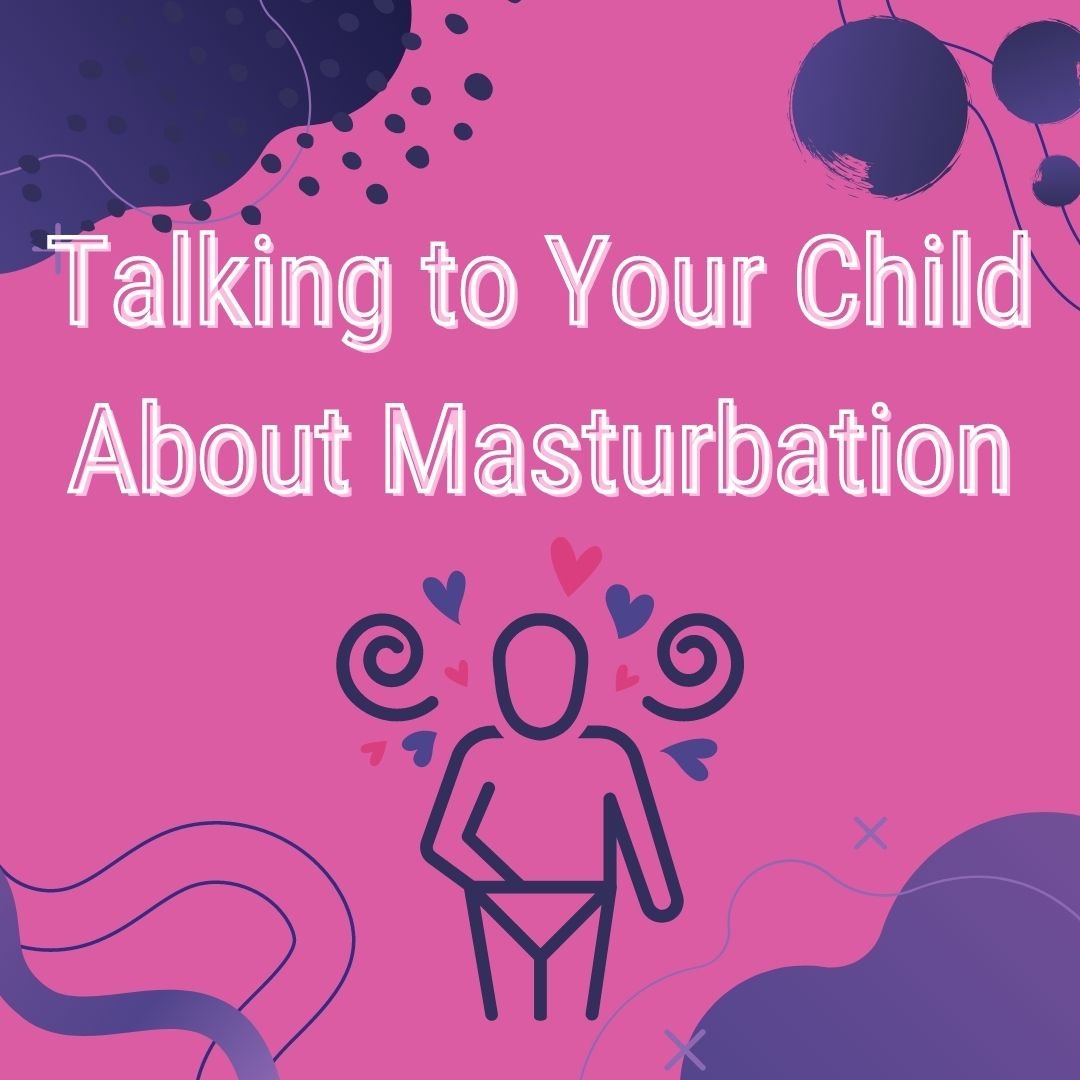For successful and sexually healthy relationships, boundaries exist between partners and within the relationship. These boundaries, as is obvious, function in various forms and vary from person to person, couple to couple. couple. One of these One boundary many couples find themselves facing is the placement of pornography consumption by partners in the relationship. Due to the at-times controversial nature of pornography, this conversation you have with your partner on it may be awkward or difficult. Whilst some people are completely on board with watching pornography in a relationship, other’s are not as comfortable with this idea. Both opinions are valid in themselves, however, those who prefer not to have pornography exist in the confines of their relationship may have a difficult time expressing their feelings. A Bustle article explains that this is due to the way “we’ve somehow evolved into a society where an aversion to porn is something that makes you different and frankly, wrong.” Although watching and enjoying porn is a legitimate choice, the choice to avoid or be against pornography is equally as valid of a choice.
The ethics of watching porn outside of a relationship can be questioned, especially in terms of ‘feminist’ or ethical pornography, there are further debates that take place when porn is consumed within a relationship. “Watching and getting off to porn is a sex act. And when you’re in a relationship, one of the things you have to clearly define is what sex acts you are and aren’t comfortable with.” In a healthy sexual relationship, desires and limitations should be discussed. You may be excited by erotic asphyxiation, but if your partner isn’t, you wouldn’t and shouldn’t force them to partake in this and any act that they are uncomfortable with. Pornography is the same in the way it is a personal choice. You may not be comfortable partaking in wax play, even if your partner expresses they really enjoy it, you may feel uncomfortable with your partner using pornography as a masturbation aid. In terms of sexual boundaries, “what your partner does sexually—even when you’re not there—affects you, and affects the relationship.”
























